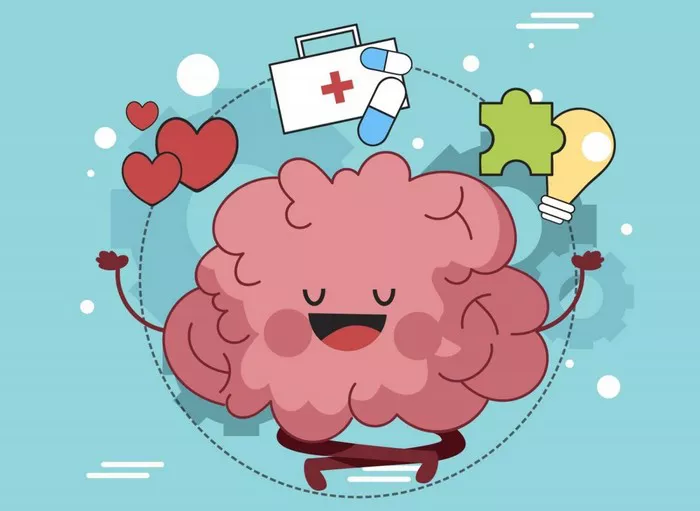1. Understanding SSI and BPD:
What is SSI? Supplemental Security Income (SSI) stands as a vital lifeline for individuals with disabilities in the United States. Administered by the Social Security Administration (SSA), SSI provides financial assistance to those with limited income and resources who are unable to work due to disability.
What is BPD? Borderline Personality Disorder (BPD) is a complex mental health condition characterized by pervasive patterns of instability in mood, self-image, and interpersonal relationships. Individuals with BPD often struggle with emotional dysregulation, intense fear of abandonment, impulsivity, and distorted perceptions of self and others. These challenges can profoundly impact daily functioning, leading to difficulties in maintaining stable employment and relationships.
Challenges faced by individuals with BPD: Living with BPD presents a multitude of challenges that can significantly impair daily activities and employment prospects. Emotional dysregulation often leads to intense mood swings, making it difficult to cope with stressors and maintain stable relationships. Impulsivity may manifest in reckless behaviors such as substance abuse, binge eating, or self-harm, further exacerbating distress. Additionally, individuals with BPD may struggle with chronic feelings of emptiness and identity disturbance, hindering their ability to set and pursue long-term goals.
2. Qualifying for SSI with BPD:
The SSA’s Blue Book Listing: While BPD is not explicitly listed in the SSA’s Blue Book—a manual of disabling conditions used to evaluate SSI claims—individuals with BPD can still qualify for benefits. To do so, they must demonstrate that their symptoms result in “marked and severe functional limitations” comparable to those of a listed condition.
Medical Evidence: Comprehensive medical documentation is essential in establishing eligibility for SSI with BPD. This includes a formal diagnosis of BPD by a qualified mental health professional, along with detailed records of treatment history and therapeutic interventions. Assessments from psychiatrists, psychologists, or licensed clinical social workers are crucial in illustrating the severity and impact of BPD symptoms on daily functioning.
Functional limitations: BPD can significantly impair an individual’s ability to work and engage in daily activities. Challenges with emotional regulation and interpersonal relationships may lead to difficulty concentrating, maintaining attention, and completing tasks in a consistent manner. Moreover, impulsivity and self-destructive behaviors can pose safety risks in a work environment, further limiting employment opportunities.
3. Application Process:
Steps to apply for SSI: The application process for SSI can be complex and daunting, especially for individuals with mental health conditions like BPD. It typically involves gathering necessary documentation, completing forms provided by the SSA, and undergoing medical evaluations to assess disability. Applicants should be prepared to provide detailed information about their medical history, treatment providers, and functional limitations.
Importance of legal assistance: Given the complexities of navigating the SSI application process, seeking guidance from disability attorneys or advocates familiar with mental health conditions can be invaluable. These professionals can offer expert advice, help gather supporting evidence, and represent applicants during appeals if necessary.
Conclusion
Living with BPD can be challenging, but it’s essential to remember that support and resources are available. Seeking treatment, building a support network, and accessing financial assistance through programs like SSI can significantly improve quality of life. While the journey may be difficult, there is hope for recovery and resilience in the face of adversity. By advocating for oneself and accessing appropriate support, individuals with BPD can lead fulfilling and meaningful lives.
FAQs
What is the life expectancy for someone with borderline personality disorder?
Individuals with borderline personality disorder typically have a normal life expectancy. However, they may face challenges related to co-occurring conditions such as substance abuse or self-harm, which can impact overall health and well-being.
What are the 4 types of borderline personality disorder?
Borderline personality disorder (BPD) does not have distinct types, but it can manifest in different ways, including quiet borderline, discouraged borderline, petulant borderline, and impulsive borderline. These variations reflect differences in coping mechanisms and outward expressions of symptoms.
What happens if borderline personality disorder is left untreated?
Untreated borderline personality disorder can lead to significant impairment in various aspects of life, including relationships, work, and overall functioning. It may result in chronic emotional instability, self-destructive behaviors, substance abuse, and an increased risk of mood disorders, anxiety disorders, and suicidal behavior. Early intervention and treatment can greatly improve outcomes.
Related topics:
- Disability Benefits for BPD: A Comprehensive Guide
- Navigating BPD: Understanding, Compassion & Support
- Finding the Best Antidepressant to Avoid Weight Gain


